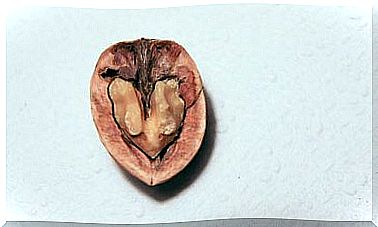What Is Homeostasis?
The concept of homeostasis refers to a series of processes that occur inside our body. They are processes that allow us to maintain a balance between our internal environment and the environment.
The word homeostasis comes from the Greek, where huios means equal and stasis, stability . It is a concept that was first described in 1926 by scientist Walter Cannon.
This set of processes are essential for survival, since they allow us to adapt to all the changes that occur in the environment where we live. For example, changes in temperature. In this article we explain everything you need to know about homeostasis.
What is homeostasis?
As we have already mentioned, the concept of homeostasis refers to the tendency to maintain stability within our body. That is, it is the ability to adapt to changes that occur abroad.
In reality, this term encompasses all the self-regulatory mechanisms that we have. These mechanisms create a dynamic equilibrium, which varies depending on the surrounding conditions. Before we have pointed out the homeostasis of temperature, but another example is the concentration of glucose, for example.
Homeostasis is necessary because our body has quite narrow limits. In the case of temperature, if we weren’t able to regulate our body temperature, we would be totally vulnerable.
If we were in a place where it was very hot, our body would be unable to control it. In this way, our temperature would also increase, which would end up causing all our tissues to suffer damage.

How does it work?
In order to understand homeostasis, we will explain the example of temperature. Most processes that allow homeostasis work thanks to negative feedback. This is that they act contrary to the signal that triggers them.
In other words, let’s imagine that the body’s temperature rises because it is very hot outside. What would happen is that our body would try to lower the temperature. To do this, the stimulus must first be detected.
There are a series of sensors that allow us to detect this type of change. They are responsible for informing our brain of any alteration such as heat. Then, the control centers are put into operation, which direct the response to this change.
The effectors are in charge of making this response. In our example it would be the sweat glands. Through sweat body heat is removed. Thus, the cycle is closed and a stable equilibrium is maintained.
Glucose homeostasis and diabetes

Glucose is the molecule that our cells use as ‘fuel’. That is, they need it to obtain energy and be able to perform all their functions. Insulin is the hormone that allows glucose to pass from the blood into cells.
Under normal conditions, when the glucose concentration increases, the pancreas stimulates the secretion of insulin so that it passes into the cells. What happens in diabetes is that our body does not secrete or cannot use insulin. Therefore, glucose levels in the blood increase.
In this case, the negative feedback loop is broken. If this is maintained over time, tissue damage occurs. In addition, symptoms such as thirst or increased desire to urinate appear.
Conclution
What we must remember is that homeostasis is the set of processes that take place in our body and that allow us to maintain a dynamic balance based on external conditions. All of these are essential for life.









